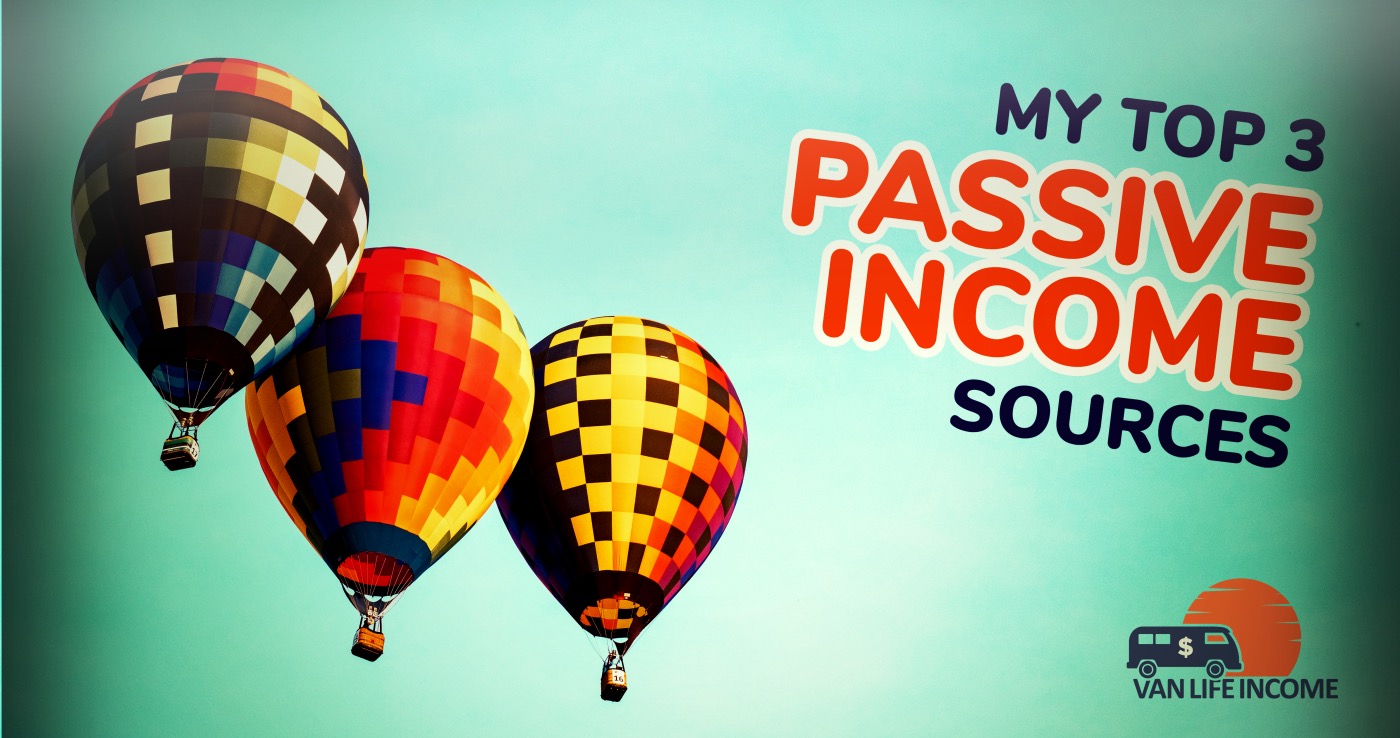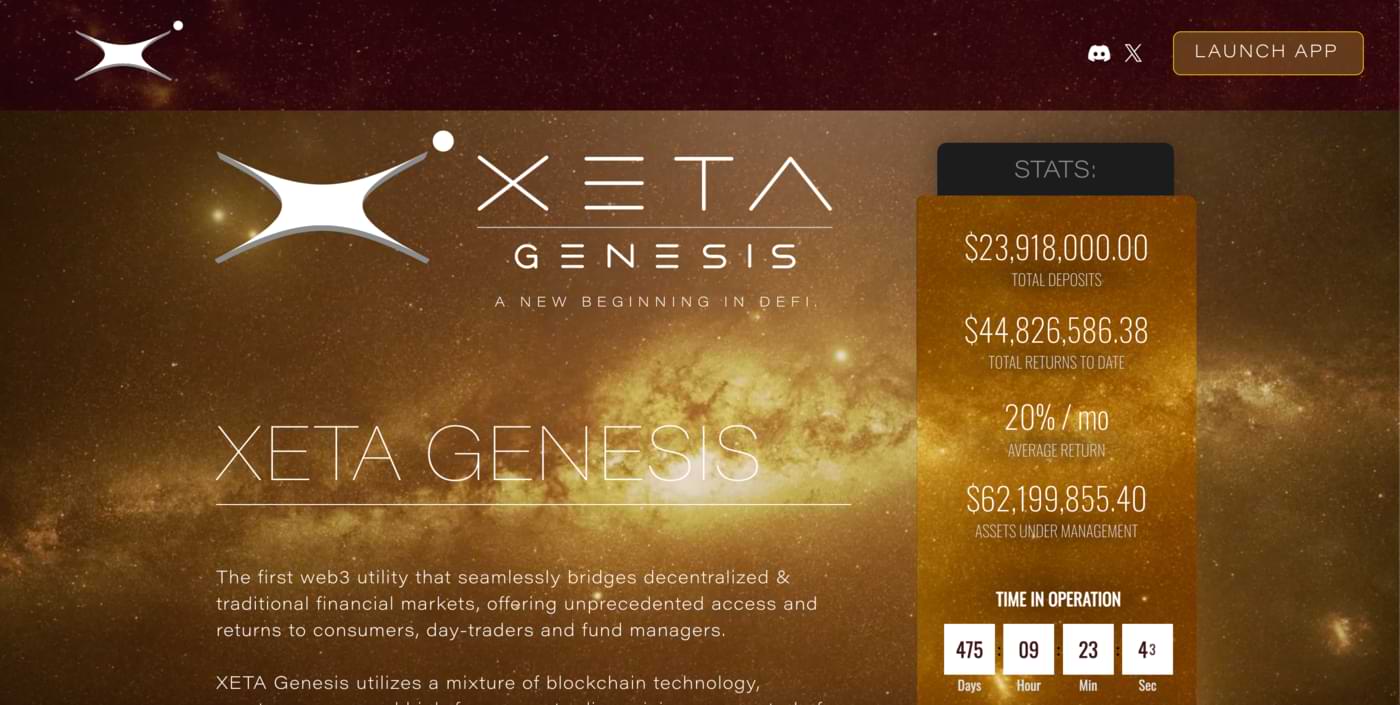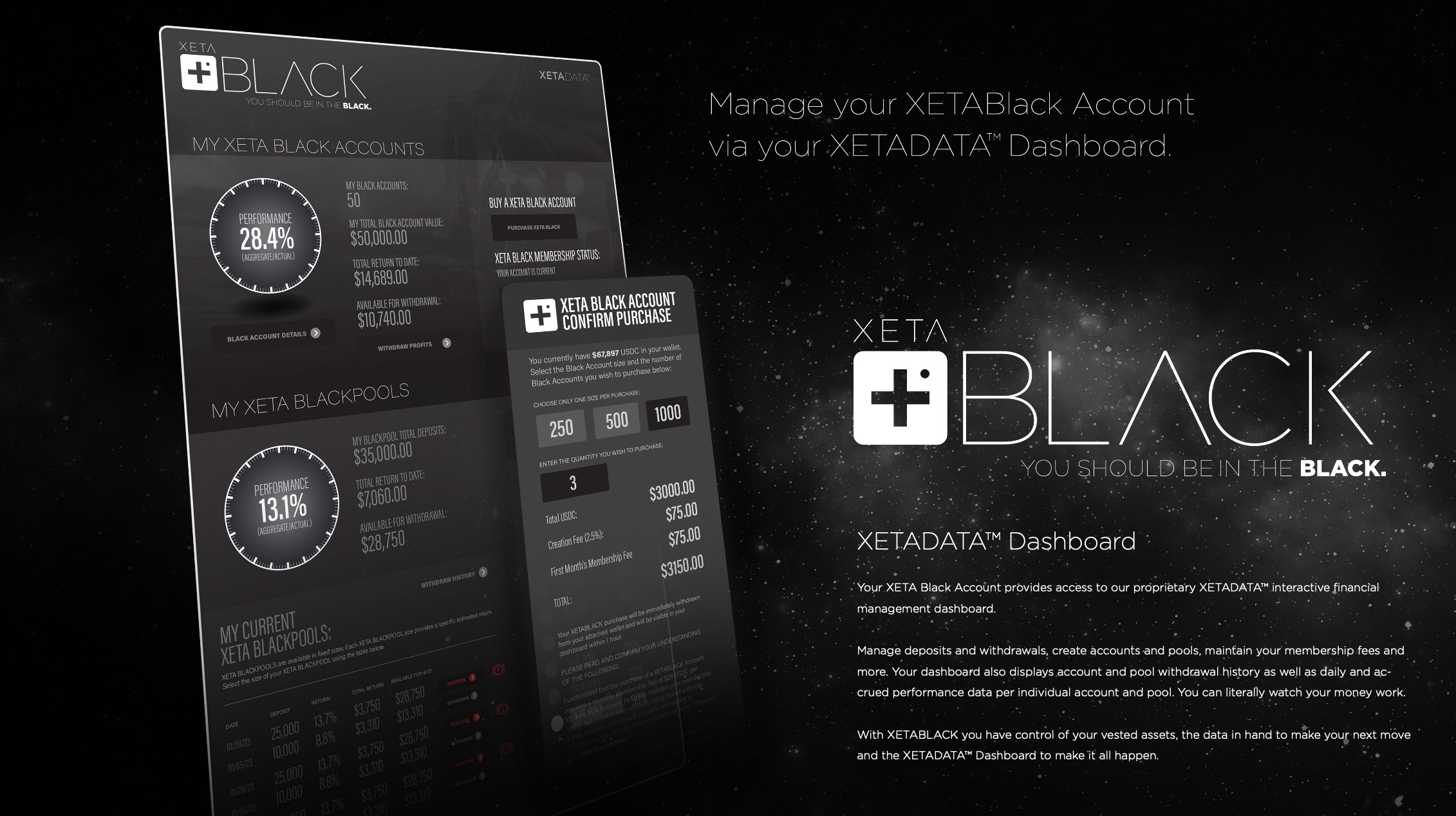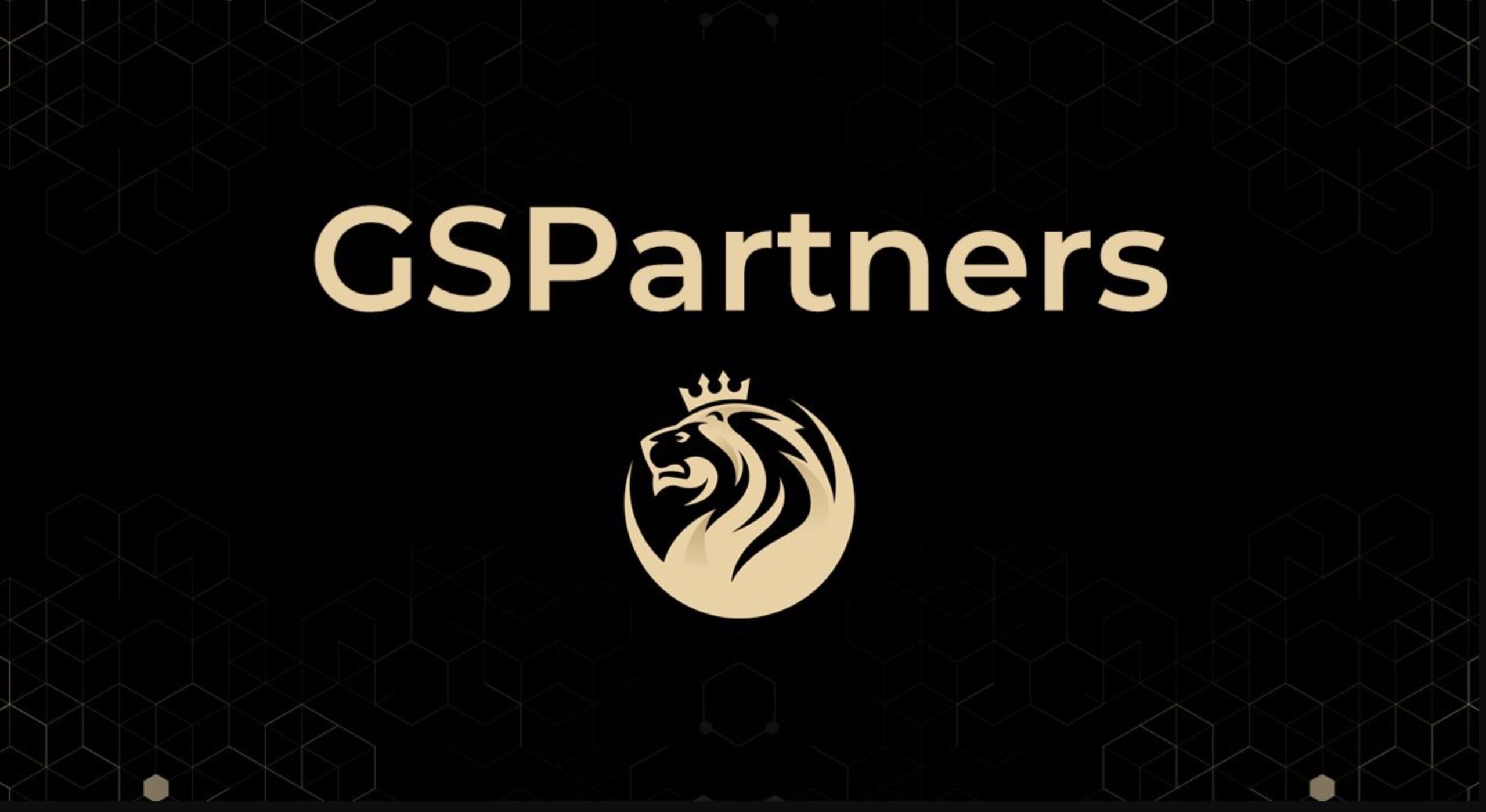Print on Demand has been around for many years now, offering designers and creators a chance to earn from their works, without having to manage stock or logistics. From T-shirts and mugs to cushions, stickers and shower curtains, virtually anything can be printed on demand these days.
In theory, Print On Demand (POD) is one of the most passive ways of earning of earning passive income. However, in practice it can require some management, especially if you find yourself a target for copycats.
My Experience
I started my POD journey with Amazon Merch in 2016 when it was primarily T-shirt designs and really enjoyed the creative side.
Having over 150 designs at one point, I spent a day registering for other POD marketplaces and uploading (the boring bit!). However, copycats quickly sprang up and I ultimately stopped after a few months of effort – in 2016 there were not so many ‘easy’ design programs and my Illustrator/Adobe skills were not great or fast.
Whilst I ended up abandoning print on design, both Amazon and the various other POD marketplaces I uploaded to continue to provide me with a decent trickle of passive income – around $1,200 per year (mostly from Amazon). If you're a designer or good with slogans and are willing to put in a bit of effort, POD might just be the one for you!
One of the most popular POD marketplaces is Amazon whereby sellers can create a store or sell individual items using Merch by Amazon, with T-shirts being the most popular.
This is where I make most of my POD income and I covered it here: How to make money with T-shirts and Amazon Merch here. In this post, I'm going to cover a few other popular POD marketplaces.
Do I need to be a good designer to be successful with Print On Demand?
No. That’s a common misconception. And not being a designer can even work to your advantage because often designers will be perfectionists and spend a lot of time on a design. This is grand if you’re building a brand and have a niche, however it’s often not the best way to make money.
Slogan shirts do really well and nowadays there are lots of design programs that can make the typography look good with little effort. If you’re witty or have the ability to monitor trends and tap onto movements or events, you can do very well with POD. I cover this a little bit more in the Amazon Merch T-shirts post.
Why bother with other POD marketplaces (beyond Amazon Merch)?
Certainly, Amazon is King. However, if you’re taking POD seriously then you definitely cannot ignore other marketplaces (I wasn’t, and I still did it!).
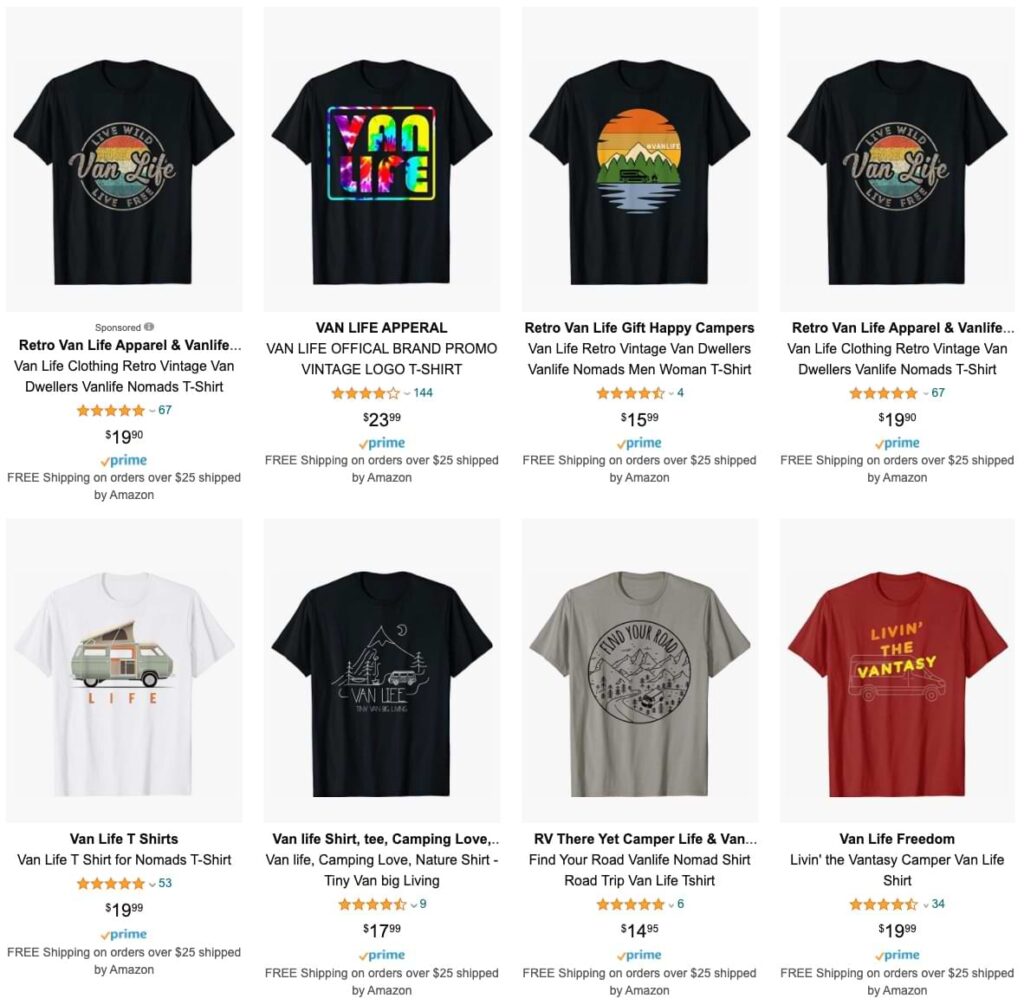
If you put the time and effort into those designs, why not upload them to other places?
Around 20% of my POD income comes from outside of Amazon Merch and I have not touched any of the listings for several years.
That single day of extra work publishing my designs on other marketplaces continues to pay out.
And Amazon product range is limited. Other marketplaces offer homeware, apparel, stickers and so much more. Also, if you are in a specialist niche you may find some marketplaces work better for you than others due to their audience and/or integrations eg Teespring integrates with Twitch and Youtube.
The difference between a POD marketplace and a POD platform/service
This is one important thing to note, especially when you are starting out with no following. You want to publish you designs on marketplaces. Marketplaces have their own audience and traffic which you will use to sell and, if you’re creating a brand, build your following.
There are many POD platforms and services that simply manage the print process and offer dropshipping. Examples include Printful and Printify. For these services you need your own website and you would be selling to your own audience – you need to have your own traffic source which you likely will not have when starting out.
Here are three popular POD marketplaces for you to consider beyond Amazon Merch…
1. Redbubble
Redbubble is the most popular online POD marketplace outside of Amazon Merch. With thousands of independent designers and artists uploading their artwork on Redbubble, the site boasts an incredible number of products in different niches and has lots of regular visitors.

Selling on Redbubble is free, and the site is open to anyone, making it easier for beginners to get started and upload their artwork immediately (unlike Amazon Merch).
How to get started on Redbubble
Getting started on Redbubble is as easy as signing up for an account and uploading your artwork. You choose what products you want your artwork to appear on, with options for colors and positions too.
Redbubble gets a large amount of organic traffic compared to other POD websites, and when listing your design, it is necessary to add a title, description and include relevant keywords that will make your design searchable on Google.
As with any text on the web, the more unique you can make this, the better. And you should complete all details about your brand, add thumbnails, banners links to social media etc. This applies all the marketplaces listed here and true for any profile you setup online; fully complete them.
You’ll only be able to start selling in Redbubble after adding your payment details (eg your Paypal or bank account).
How much can you earn with Redbubble?
Earning on Redbubble depends on how much you sell and your margin. Similar to Amazon, Redbubble has a base price for the product and you can essentially sell for as much as you want. However, the higher the price, the less likely to sell.
Around 25% is good for t-shirts, but it’s up to you to experiment.
When you reach the payment threshold of $20, Redbubble will send your payment to either your bank account or PayPal, depending on what method of payment you chose.
Two of Redbubble’s biggest Pros are also Cons; so many products mean it can be overwhelming setting up and the ability to edit nearly everything, including price, means setting up products can become a time-consuming process.
2. Teepublic
Another popular Print-On-Demand site is Teepublic. With Teepublic, independent designers can upload their artworks on products such as T-shirts, stickers, and mugs.

Although it doesn’t get as much organic traffic as Redbubble, nor offer as many products, Teepublic is the second largest when it comes to traffic and it is actually owned by Redbubble.
It is much faster to setup than Redbubble as you have less products to choose from and less options to configure for each design.
How much can you earn with Teepublic?
Unlike Redbubble whereby you set the price, artists on Teepublic receive a fixed rate. Around $4 per T-shirt on average which is reduced during a sales period.
Although this might not seem like a lot, especially when there’s a sale, because of Teepublic's marketing strategies, people have reported earning more via Teepublic than on other POD sites. I have not experienced this; however, I don’t have many designs and have not updated anything in years.
Teepublic currently sends out payment through PayPal or Payoneer.
3. Teespring
Founded in 2011, Teespring started out with Tshirts and like most of the other platforms and marketplaces now offers an aray of POD products. It also offers integrations and the ability to sell on your own website. With up to 11 million visitors every month, Teespring is one of the most popular Print-On-Demand marketplaces around.

How to get started on Teespring
It is easy to create an account on Teespring . You can sign up free and start uploading your designs and list them on different products immediately. Teespring allows you to list as many designs as you want and has one of the fastest/easiest setup processes.
How much can you earn with Teespring?
Similar to Redbubble and Amazon Merch, Teespring offers a percentage of sales to you as royalty. So you can earn more by increasing your margin and number of sales. However, despite it’s popularity, their ‘marketplace’ aspect is not so active — you will need to be proactive on social media etc to sell.
Where Teespring really shines is in its integrations.
Are you a Youtuber? Or perhaps you’re a gamer on Twitch — Teespring has you covered, making it really easy to also sell your items on either platform. Read more here.
Print On Demand ‘cons’
If you have your base designs and titles/descriptions/tags organized, which you’d already need for Amazon Merch, then there really are not any cons for taking the time to setup stores and upload your designs to other marketplaces.
Most ‘cons’ are fairly similar across all marketplaces; individuals stealing your designs (this is where designers have an advantage as their designs are harder to steal) and difficulty getting your products found in search.
For beginners, it is often hard to be found as you have a lot of competition and usually algorithms favor products with sales. To get noticed, you need to ensure you fully optimize each item with titles, tags and descriptions and this takes time. Ideally, you also want to push for a few early sales so the marketplace pays attention and boosts your listing. Hopefully that was a helpful overview on three major POD platforms that aren’t Amazon. If you’d like to know more about Amazon Merch, read this post.



